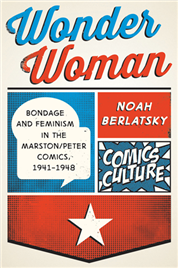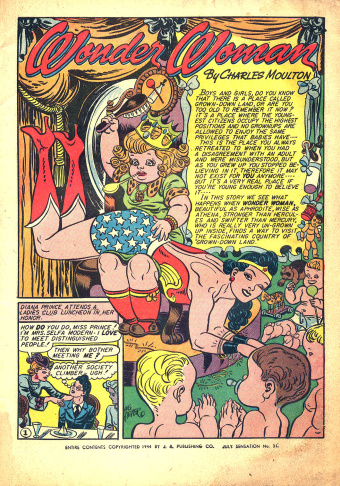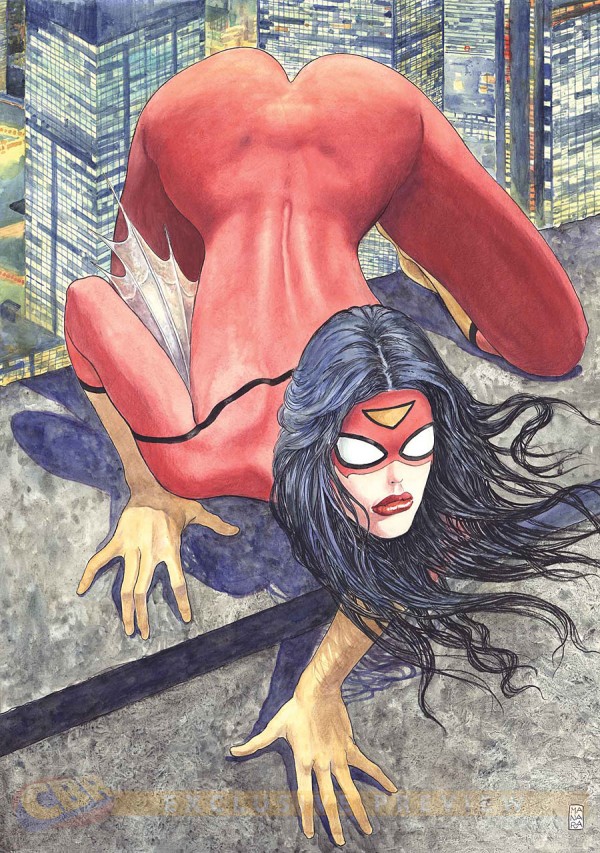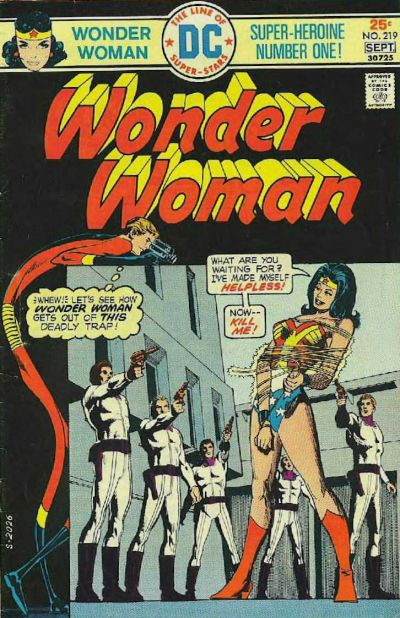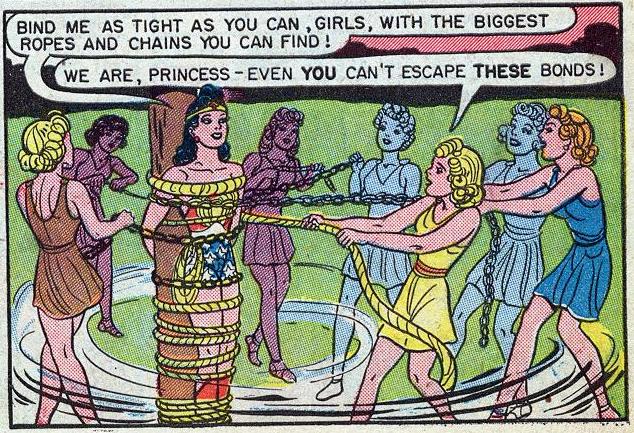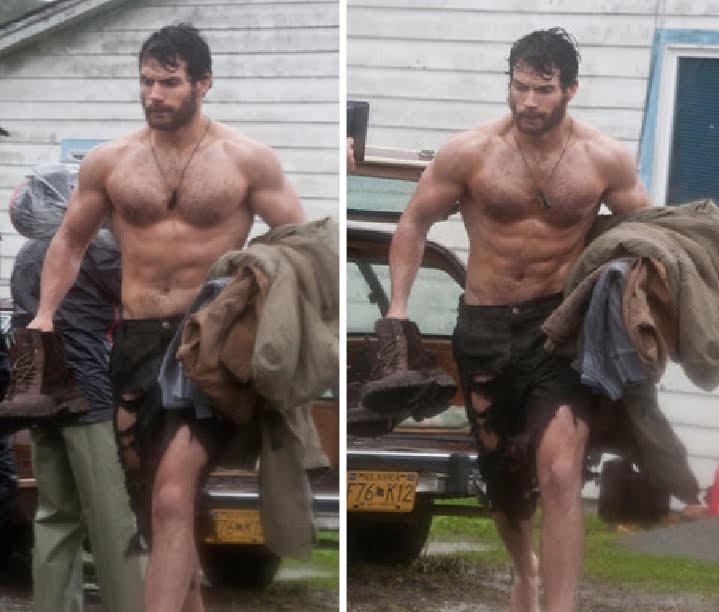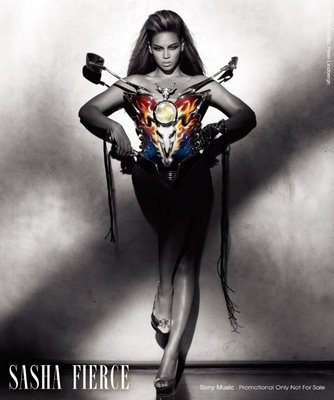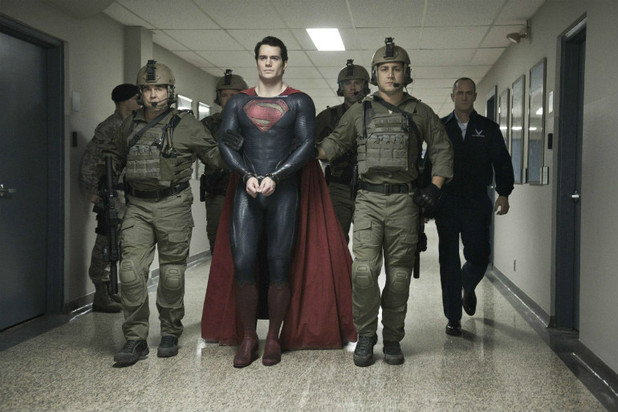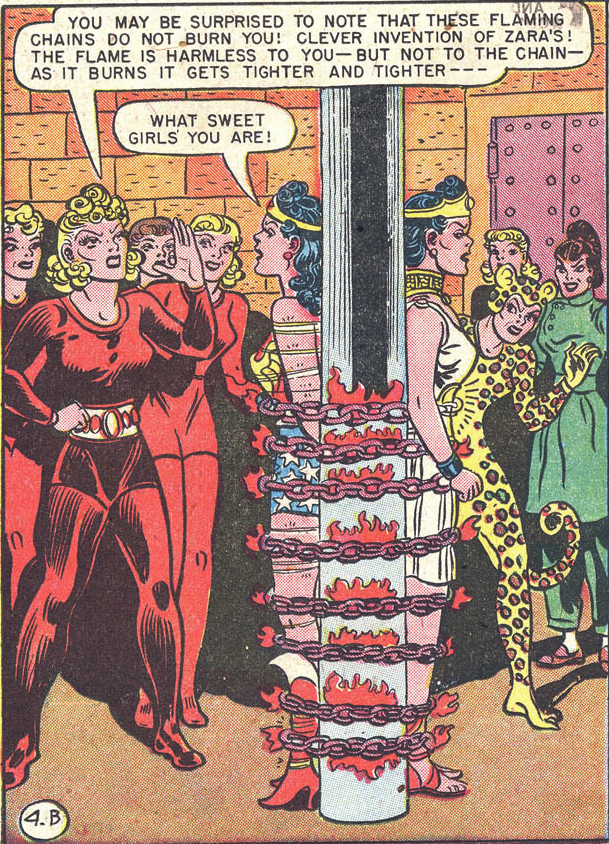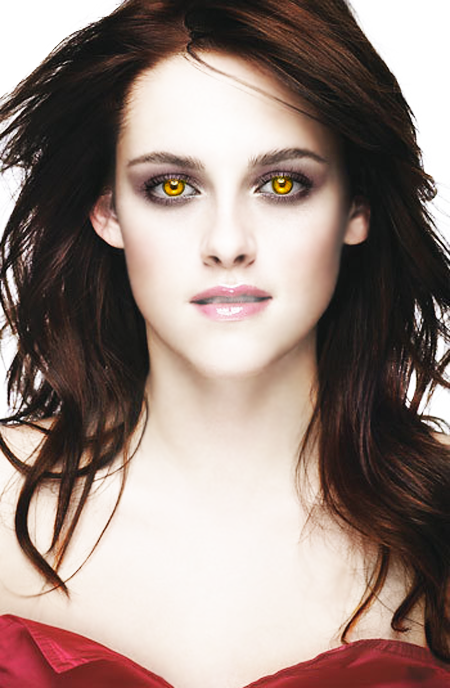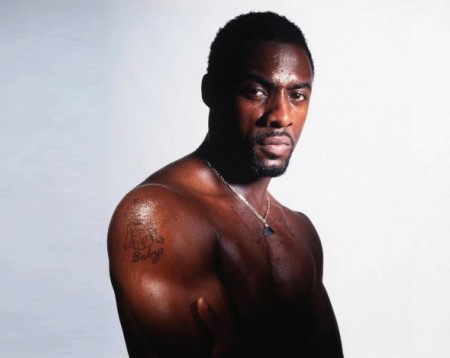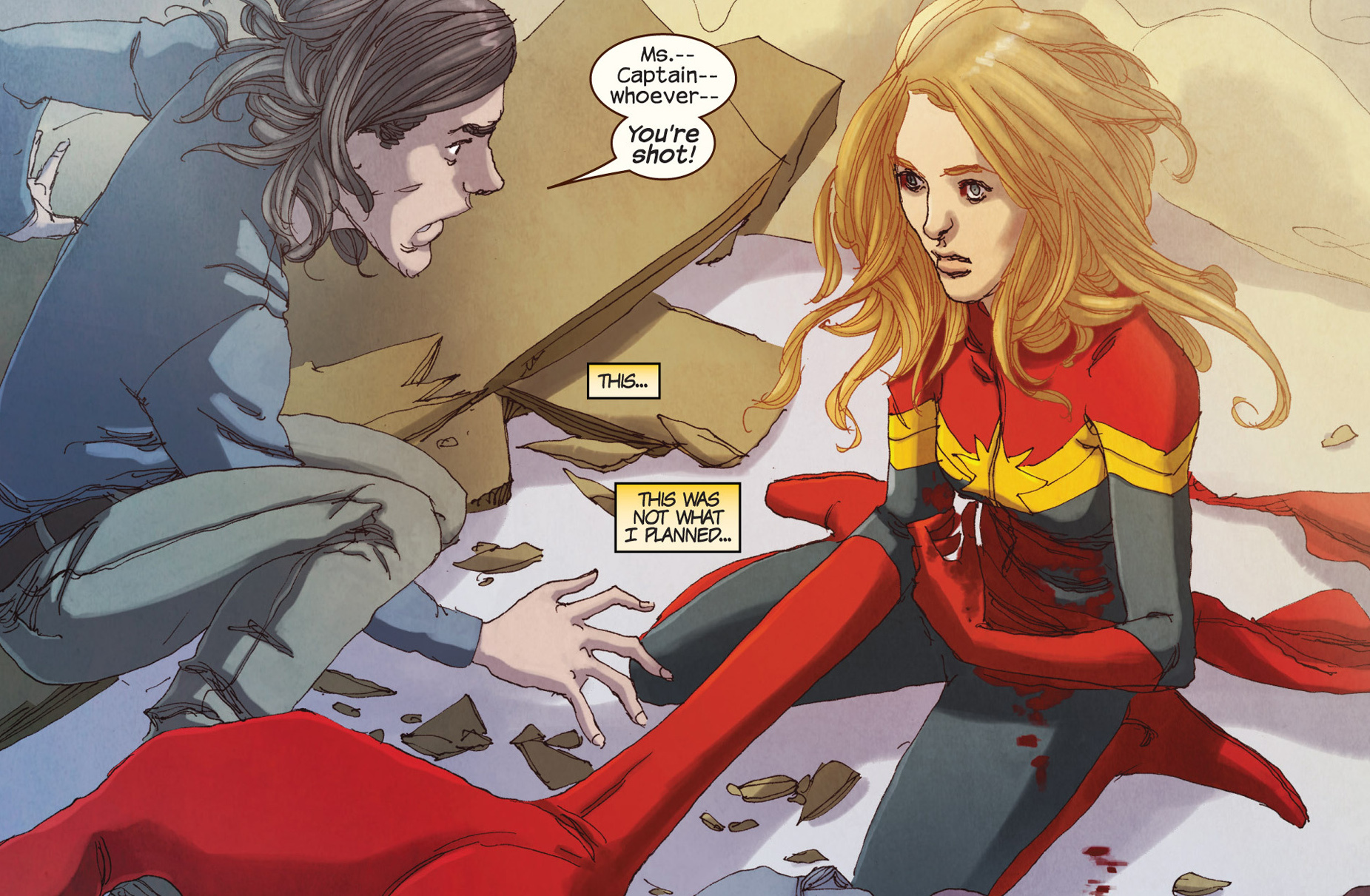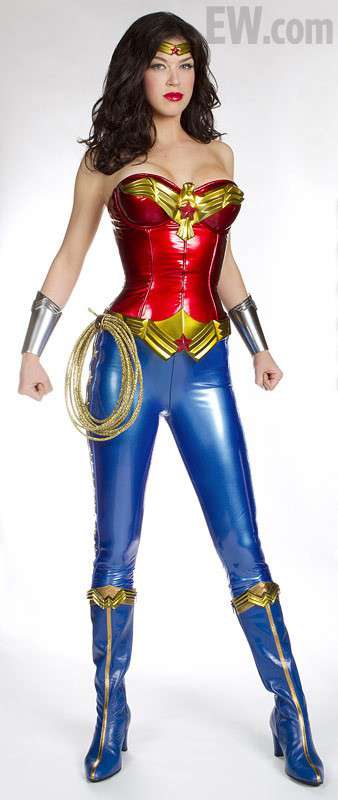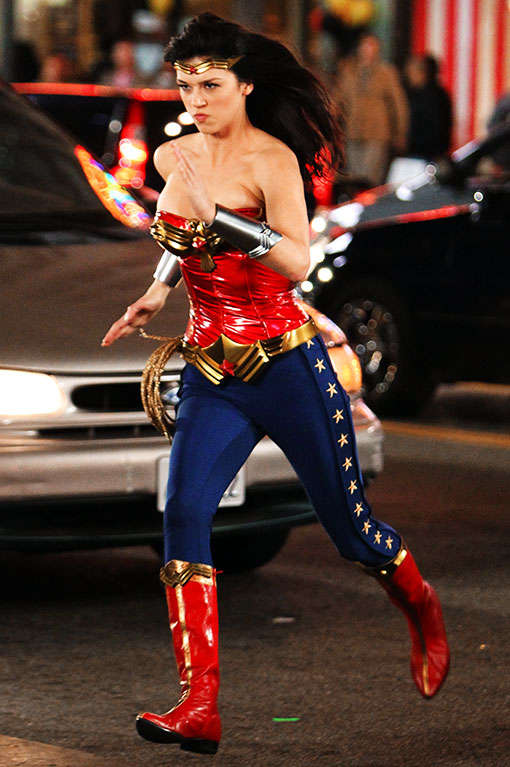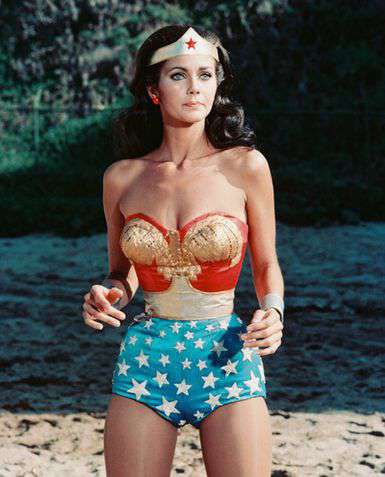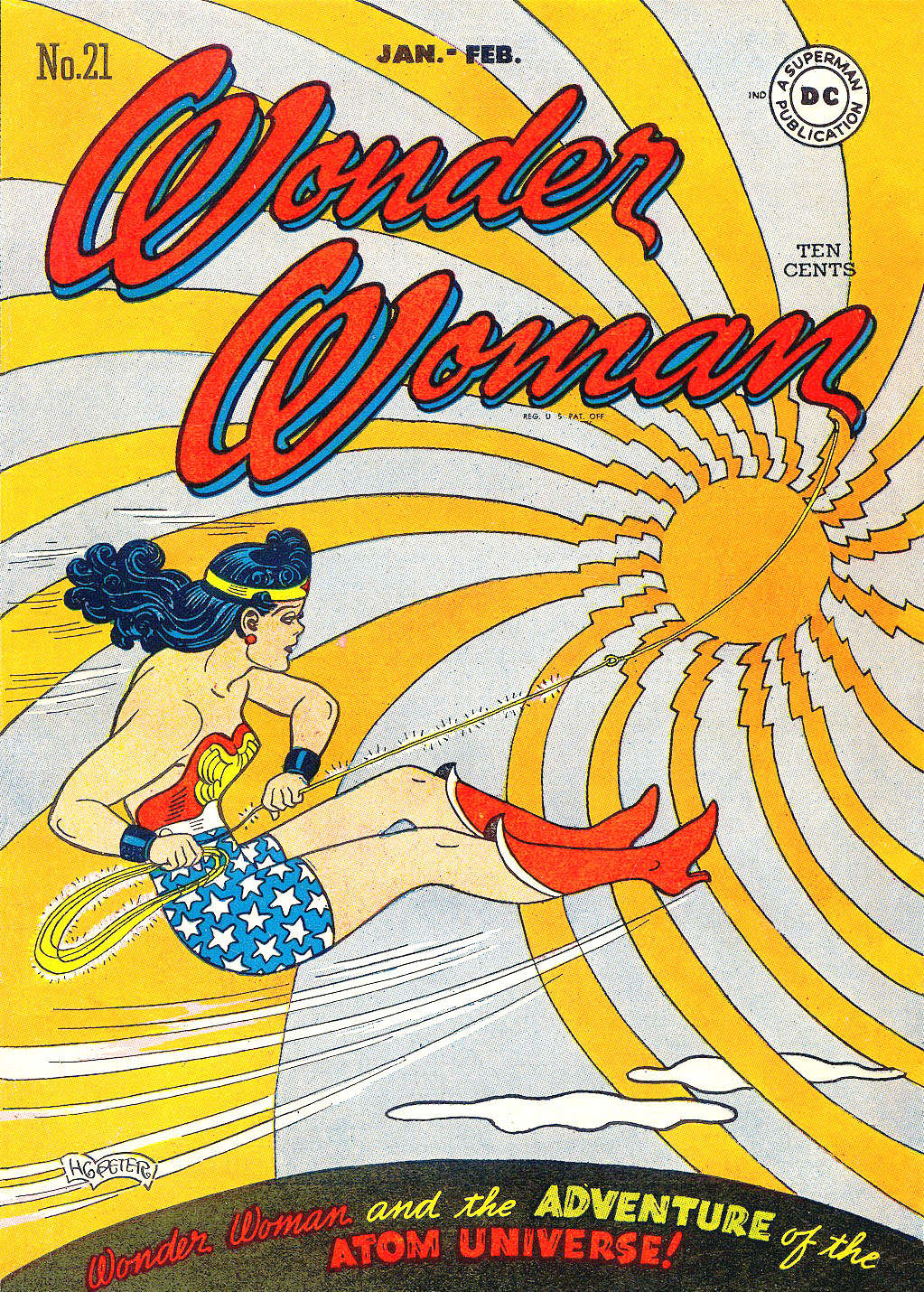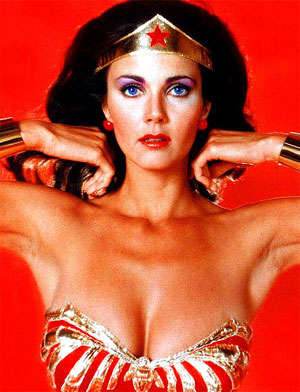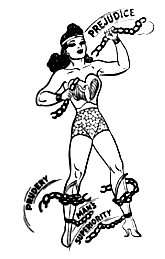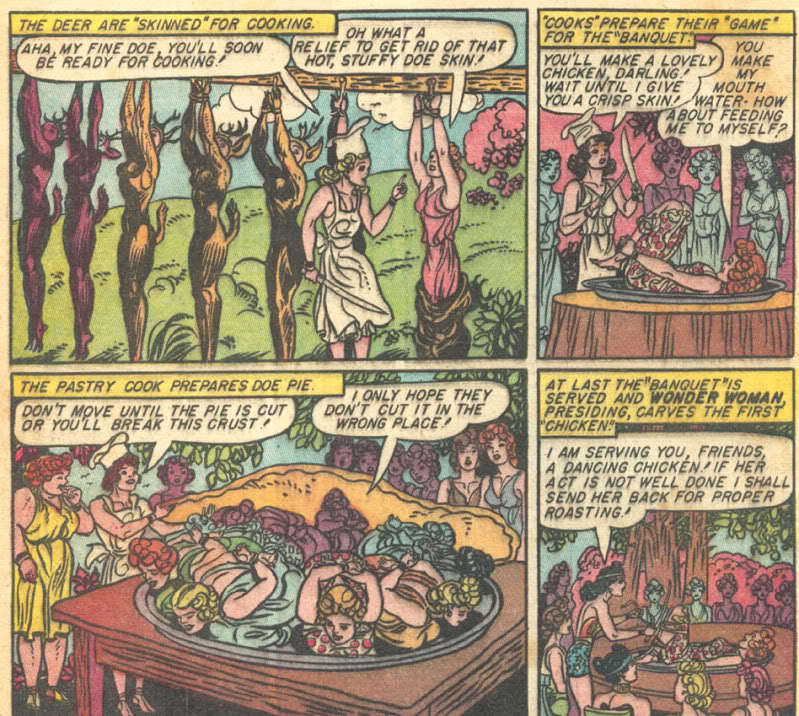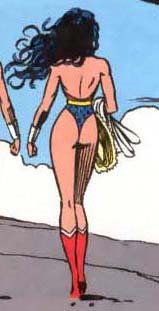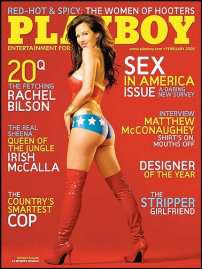My book, Wonder Woman: Feminism and Bondage in the Marston/Peter Comics is coming out January 14, 2015 (that’s the official release day; availability may vary a bit from place to place.) I’m going to use this page to house links to interviews, reviews, and so forth.
Excerpts
A color gallery of images discussed in the book.
The Atlantic has an excerpt adapted from the book’s intro.
Purchase Copies
Interviews (most recent first)
Nell Minow interviewed me for Huffington Post.
Tara Burns interviewed me for Vice.
Catherine Kustanczy interviewed me for Mic (and did a review of the book, too.)
Suzette Chan interviewed me at Sequential Tart.
Lauren Davis interviewed me at io9.
Paul Semel at his site.
Alex Deuben at Comic Book Resources.
Arielle Bernstein interviewed me at the Rumpus.
On KPCC’s The Frame (audio and text)
Reviews (most recent first)
Anita McDaniel reviewed my Wonder Woman book at the American Journal of Communications.
Chris Reyns-Chikuma at Belphegor.
Joan Ormrod at Cinema Journal (behind paywall.)
Peter Tupper discusses my arguments about Wonder Woman and bondage.
Kent Worcester at Portside says nice things about my book at the end of this review.
Brian Patton in the Journal of Comics and Graphic Novels (paywalled, but you can see the first bit.)
Jancy Richardson at Movie Pilot puts together an article of my Vice quotes on Wonder woman and the coming kinky matriarchal utopia.
Cia Jackson has a review at The Comics Grid.
Irene Javors has a review at The Gay & Lesbian Review.
Natalia Mehlman Petrzela at Public Books.
Matthew Cheney at the Mumpsimus.
Joan Hilty at Wellesley’s Women’s Review of Books.
Liz Baudler at New City.
Aimee Levitt with a brief review and a preview of a reading.
Jeff Hill recommends the book for comics studies and women’s history classes. (Listen up, academics!)
Sheryl Kirby reviews my book and Jill Lepore’s together.
Tim Hanley at The Comics Journal. (Tim had a little more to say at his blog here.
Suzette Chan at Sequential Tart.
Emily Ballaine at Publik/Private reviews the book and thinks about comics as art and bondage as feminism.
Sean Kleefeld at Freaksugar (rates the book 9 out of 10!)
Monika Bartyzel mentions my book in a piece on the upcoming Wonder Woman film.
Articles by me on Wonder Woman (most recent first)
On why Wonder Woman needs her Lasso of Control back. (New Republic)
On how copyright restrictions made writing about Wonder Woman difficult. (Pacific Standard)
On William Marston as male feminist. (Ravishly.com)
On publishing my book and being plunged into a neurotic fugue of terror. (Splice Today)
On the trauma of having Jill Lepore write your book. (Chronicle of Higher Education)
On Wonder Woman, Bella from Twilight, and love as a superpower. (University of Chicago Magazine)
On Why Marston Would Approve Of Laverne Cox as Wonder Woman (Comic Book Resources)
On Jill Lepore’s The Secret History of Wonder Woman. (Atlantic)
We don’t need no stinking Wonder Woman movie. (Wired)
Tim Hanley’s Wonder Woman: Unbound. (Salon)
Wonder Woman shouldn’t be a film sidekick. (Atlantic)
The patriarchal assholery of the Azzarello/Chiang Wonder Woman. (Atlantic)
The gayness of the Marston/Peter Wonder Woman comics. (Slate XX)
Wonder Woman Blogging
All HU pieces on Wonder Woman.
A roundtable celebrating the book release, including interviews, reviews, and more.
A roundtable on the last Marston/Peter Wonder Woman.
I blogged through every issue of the Marston/Peter Wonder Woman.
I look at post-Marston/Peter Wonder Woman, for better and (mostly) worse
Events (may be subject to change)
Wednesday, January 28, 6:00 PM
Signing at First Aid Comics
1617 E 55th St, Chicago, IL 60615
Thursday, February 26, 7:30 PM
Reading at Women and Children First
5233 N Clark St, Chicago, IL 60640
Saturday, March 7, 6:00 PM
Reading at Indy Reads Books.
911 Massachusetts Avem Indianapolis, IN
Wednesday, March 11, 6:30 PM
Reading at 57th Street Books
1301 E 57th St, Chicago, IL 60637
Saturday, March 14, 2:00 PM
Reading at Urbana Free Library
210 W Green St, Urbana, IL 61801
Monday, March 23, 6:30 PM
Discussion with Sharon Marcus at The Institute for Public Knowledge
20 Cooper Square, 5th Floor, New York, NY

